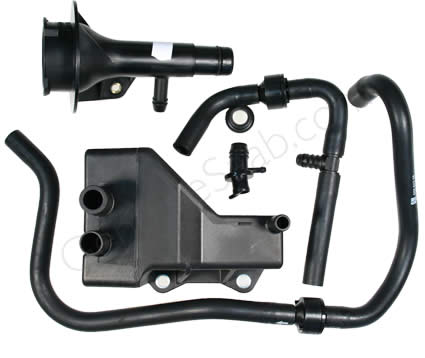I think the more important issue is not the exact oil, but the driving conditions and driving habits of the vehicle operator. Take any modern car and use the factory recommended oil, drive in good weather and do reasonalbe maintenance, have good driving habits and if you have sludge, something else is wrong. I don't know what you can do about those shiny varnish deposits and I have no idea if they have anything to do with the life of the engine, and I'm not talking about extreme amounts of varnish. I help manage data and testing for a large fleet operation and time and again, the thing that beats an engine is weather, driving conditions and an operator that does on exercise care in the operation of the vehicle. Any API cert oil is good enough under normal conditions. We tore down a 200k Ford Crown Vic in police duty, that used Motorcraft 5w-30. The engine would have never been touched, except the car was totaled in an accident. The engine showed no signes of sludge and 'miked' out at new car specs for many internal measurements. If you have sludge, something else is going on.







